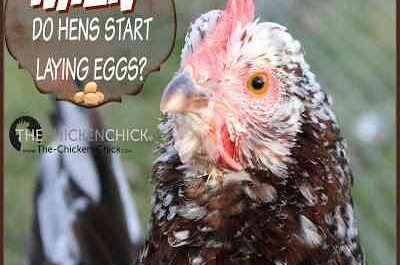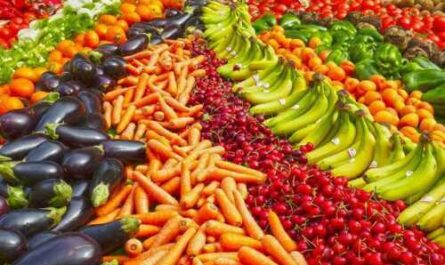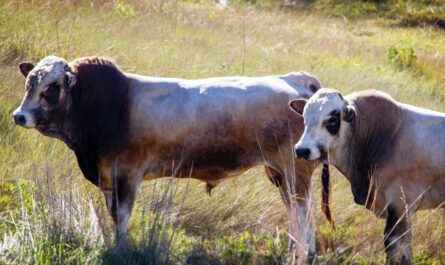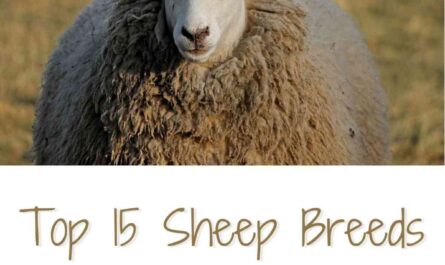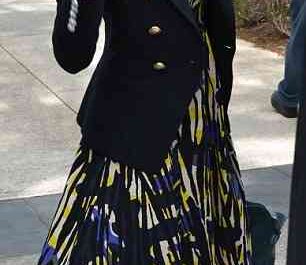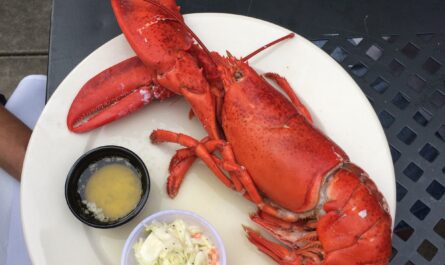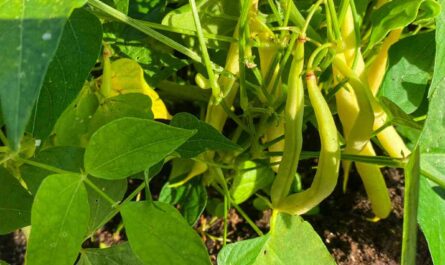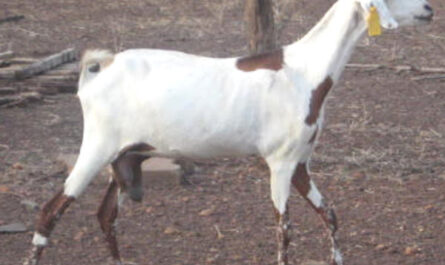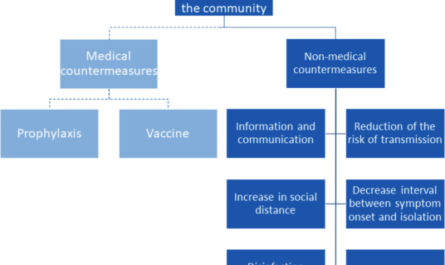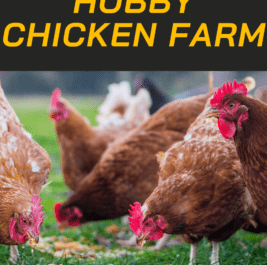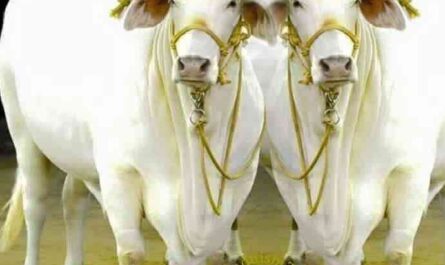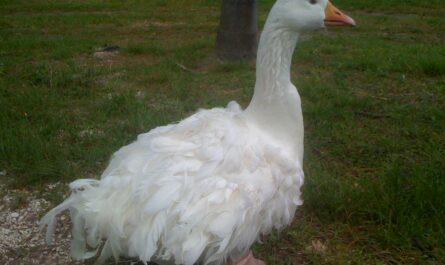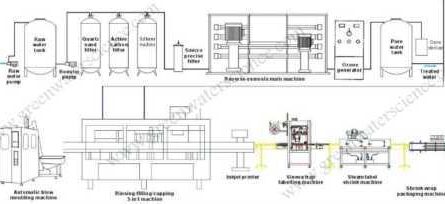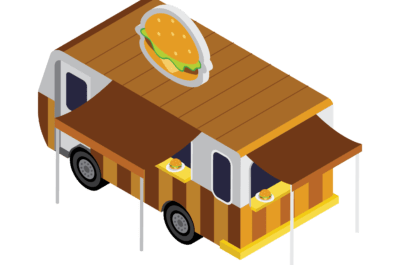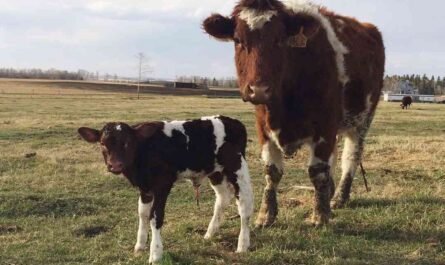The Montbéliarde cow is a breed of dairy cows used mainly for the production of milk and in particular for the production of cheese. It is from the Montbéliard region of France.
The ancestors of this breed were Bernese cattle, but today these animals are a separate breed. Joseph Graber first used this name Montbeliardeduring the exhibition of a detachment of cattle at an agricultural competition in Langres in 1872.
Previously, local stocks of local versatile cattle breeds such as Fémeline and Tourache (later known as Comtoise) were improved by Mennonite farmers from Switzerland and named Franco-Swiss. These animals were originally called Alsatian breed until about the mid-1800s.
The book of origins of the Montbéliard cattle breed was founded in 1889, after which the breed was officially adopted. The breed has been selected for good roughage processing since the 1980s. Many animals were sold in the Midi and Algiers after 1900.
The Red Holstein cattle breed was crossed with the breed in the 1970s, and at the same time it crossed with Fleckwy bulls from time to time. But the cross with the Fleckvieh bulls was not very successful.
Montbeliarde cattle were also used to cross with Danish Red and Vorderwalder cattle breeds in the 1990s. Crossbreeding of Montbeliards and Holsteins has recently become very popular in the United States.
Today, Montbéliarde cattle are very popular in France. And they have been exported to many countries including Turkey, Tunisia, Slovakia, Switzerland, Russia, Portugal, Poland, New Zealand, Kuwait, Mexico, Ireland, Italy , Hungary, Luxembourg, Spain, Greece, United States, Colombia, Croatia, Cat- d’Ivoire, Chile, China, Austria, Brazil, Belgium, South Africa, Germany and many more others. Learn more about this breed of cattle below.
Characteristics of Montbéliard cattle
Montbeliard cows are medium to large sized dairy animals. They look a lot like red and white Holstein cattle. They are red and white in color with white heads and short horns.
Bulls and cows usually have horns, and their horns are lyre-shaped. Adult cows reach 135-140 cm at the withers, and bulls – about 148 cm.
The average live weight of bulls varies from 900 to 1200 kg. And the average live weight of cows ranges from 600 to 700 kg. Photos and information from Wikipedia.
Advantages
Montbeliard cows are mainly used as a dairy breed in France. Their milk is used in particular for the manufacture of cheese. But the breed is also good for meat production. Their meat is of good quality and their meat is better than that of Holstein cattle.
Special Notes
Montbéliarde cattle are very hardy, well adapted to harsh climates and easy to deal with animals. They can ingest large amounts of roughage and are unaffected by heat.
The cows are good milk producers, although they are not as impressive in milking as the Friesian Holsteins.
On average, cows can produce around 7486 liters of milk per lactation. Their milk contains about 3.45% protein and about 3.9% fat, which is ideal for making cheese.
Montbeliard cows are also good at producing quality beef. Rejected cows also produce good quality carcasses without excess fat. Calves grow relatively quickly compared to some other breeds of cattle.
The animals are very prolific and long-lived. The strong udder of the cows means that they are very resistant to mastitis. This is an attractive feature for farmers who want to keep their herd healthy and productive.
Today the breed has spread to many countries and is becoming popular for crossbreeding with Holsteins to increase longevity and fertility. However, see the full breed profile of Montbeliarde cattle in the following table.
video
| Breed name | Montbeliarde | |
| another name | Alsace, Montbeliard | |
| Purpose of the breed | milk, meat | |
| Special Notes | Robust, rustic, good milk producers, fast producers, well adapted to harsh climates. | |
| Breed size | medium to large | |
| Bulls | From 900 to 1200 kg | |
| cows | From 600 to 700 kg | |
| climatic tolerance | All climates | |
| coat color | speckled red | |
| horned | Yes | |
| milk production | Good | |
| scarcity | general | |
| Country/place of origin | France |

